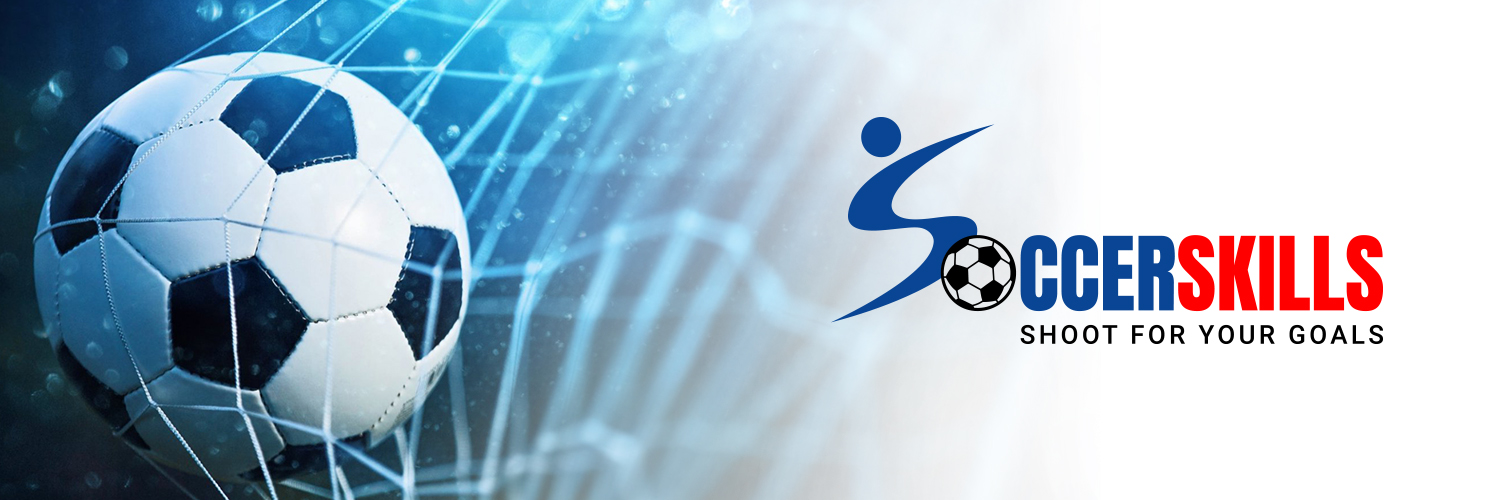Skill Acquisition
Possession Training for 9 - 12 year olds.

Imagine for a moment your team is out on the pitch, one goal down in the second half. The clock is ticking, and you really need to pull things together as a team, first to even the score, then to win the game. Do you have what it takes to make that happen?
Youth Football is all about fun. It's about your team verse them. Winning is generally more fun than losing, and any advantage on the pitch to help your team win adds to your confidence, and to your enjoyment of the game. So how do you be victorious? Simple, you score more goals than they do, and you score those goals because you maintain possession. If your team has the ball, the opponent is far less likely to score. If your team can keep possession of the ball long enough to get a quality shot on goal, you have the formula to winning a lot of soccer matches.
FIFA and the Football Federation of Australia (FFA) promote the development of players up to the age of 12 as an introduction to the love of football, and early development of core skills of the game. You may have heard of the Skill Acquisition Phase (SAP) which drives a lot of coaching following FFA guidelines. This training teaches you the basics of winning and maintaining possession of the ball. On the pitch, the team that can do this better on the day is very likely to be the team that wins.
The Football Federation of Australia promote coaching of this process into a handful of skillsets.
First Touch
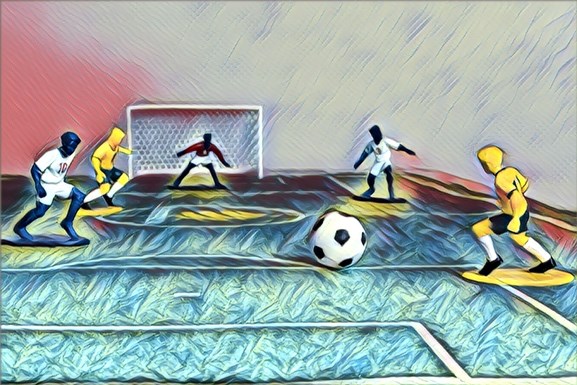
Let's go back to our imaginary game, where we are one down, looking to break even. We have our focus on possession, and maintaining possession long enough for our team to knock one into the back of the net and even up the match. The ball is coming your way, and it's up to you to control that ball in a way that keeps possession with your team. How you do that, is entirely up to you. This is where First Touch training comes into play. You can use your head, chest, thigh or feet. You can control the ball and buy some time, or you can rapidly pass it on to a teammate.
For the moment, let's say you have a couple of defenders closing in fast, yet you have a channel across the field to a teammate that is out in the open. The objective is to keep your team in possession of the ball, and you rapidly decide there is a better chance of your teammate maintaining possession out in the open, than there is for you with defenders rapidly closing in. You decide to play for the pass.
Striking the Ball
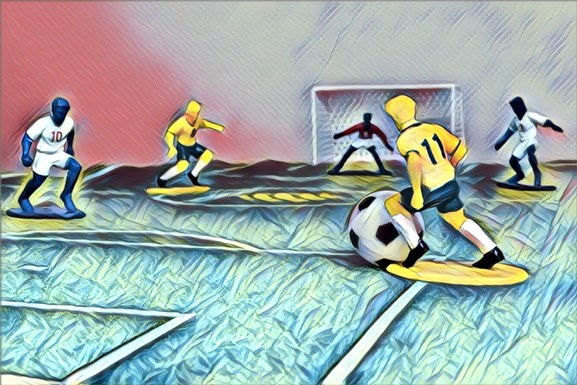
You are still focussed on your team keeping possession, you need this pass to be accurate. If the ball falls short, you risk a defender stepping in to take possession for themselves. If the ball is wide you run the same risk. Striking the Ball is the second pillar of the Skill Acquisition Phase, and you put that training to good use here. This training covers not just short, medium and long-range passes, but also includes shots at goal, crossing the ball, heading the ball, and throw-ins.
If you are following closely, you might note that the goal of all but one of those moves is to practice maintaining possession of the ball for your team. The one time we intentionally lose possession? Shots at goal. If there is one thing that trumps possession, it's scoring a goal. We are not in a position for a shot at goal yet, so let's keep playing with a beautiful strike on the ball for a near perfect pass to our receiver that was out in the open. They now have a lot of empty space between them and the goal. Looking at their options, they have no immediate threat from defenders, so use their first touch to position the ball for a run toward goal.
Running with the Ball
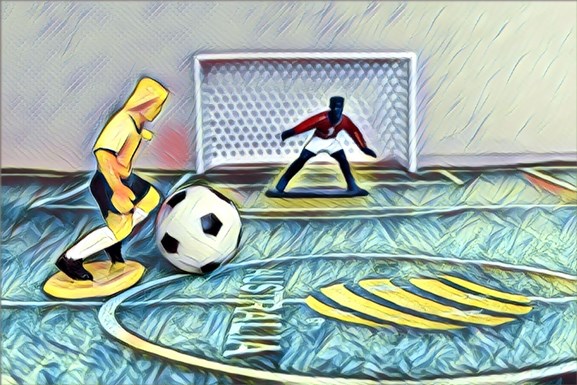
Our receiver has a bit of ground to cover, and without immediate threat is ready to do just that. Running with the Ball is the next pillar of the SAP framework. The fastest thing on the pitch is going to be a ball in motion. The second fasted thing is a player in a sprint. Our receiver knows this, yet they need to maintain possession of the ball while they make their dash, and that will surely slow them down.
As our attacker makes their way up the field, they instinctively play to their training. The space is open, so they don't need to keep the ball close. They can knock it further ahead, which allows them to get closer to the speed of a sprint in between taps while the defenders still have ground to cover, but soon enough the defenders, who could run at full speed, are closing in. Our attacker now has to play the ball close, dribbling in a tighter space as they make ground and look for options. For the moment there is no one to receive a pass, and the first defender reaches our attacker, forcing a new challenge to maintaining possession.
1v1
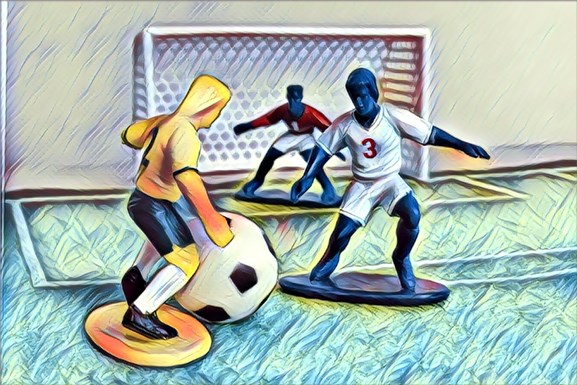
Without direct support, our attacker has to go this alone. They apply a range of moves, feints, and techniques to keep possession and get around this defender. This fourth pillar of the SAP training has prepared them well, and they get the better of their opponent. In the vital few moments this slower play provided, their teammate is now in position at goal, and following up with a tight cross it's easily sent into the back of the net, evening up the play.
The Restart
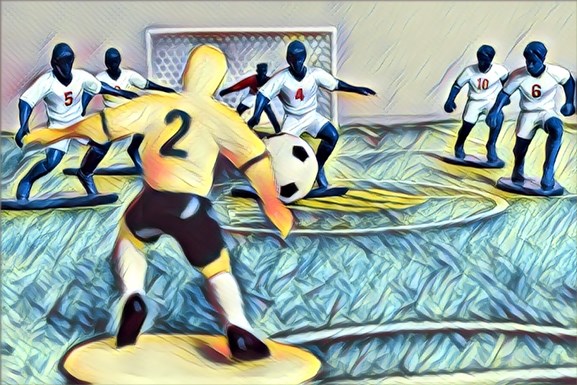
With the increased confidence from evening the score, the team is looking sharp but it's not all about maintaining possession yourself, sometimes it's about preventing them from maintaining possession. According to Soccer Coach and best-selling Author Dan Blank, "An inordinate amount of goals are scored in the five minutes immediately following another goal." The opposing team is now starting with the ball, and they are hungry to maintain that lead. We need to stop them from scoring at this critical time. Each of these pillar training technics of soccer applies to them too, and they will do what they can to maximise each moment. As you are in defense, it's up to you to use that knowledge against them.
This means making things uncomfortable for them and forcing errors. Put pressure on them when they are receiving their first touch. Delay or block their strikes to slow play and attempt to regain possession. Apply pleasure to players running with the ball, and force the 1V1 matches.
Putting it Together
The team with the ball are more likely to go home with the prize. Practicing these pillar skills, and gaining an intuition for when you are better going it alone verse passing to a teammate, is at the heart of coaching for players twelve years old and younger. If you are in this age group, these are skills you will do well to learn.
What might this look like in a game?
This video of Bayer Leverkusen working as a team to take the ball from their keeper, with smooth touches up the field to score with the final cross, plays out very much like the story above. It's a great piece of inspiration on how a team can work together using these basic skills to dominate possession and win.
